Home>Storage & Organization>Kitchen Organizing Tools>When Do Kittens Use A Litter Box?
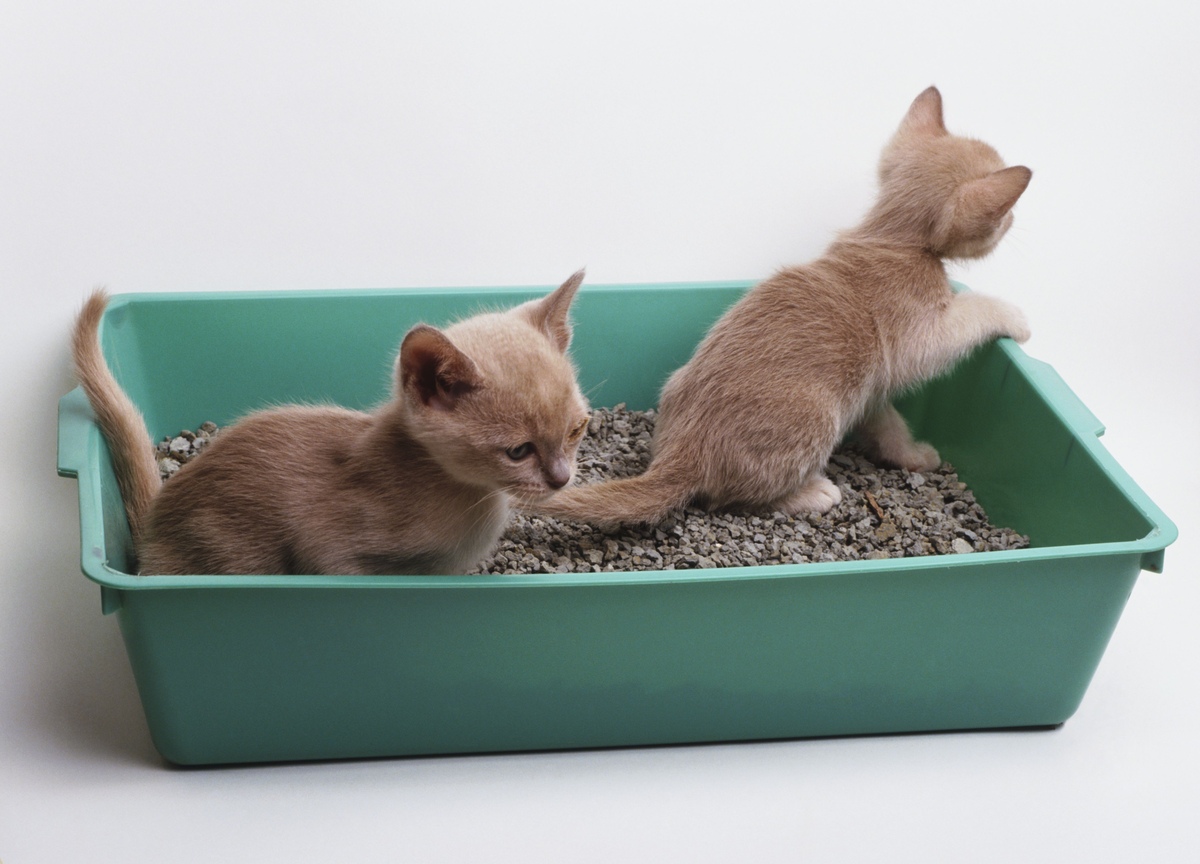

Kitchen Organizing Tools
When Do Kittens Use A Litter Box?
Modified: February 25, 2024
Discover the best kitchen organizing tools for a clutter-free space. Find out when kittens start using a litter box and how to train them effectively. Unlock helpful tips and advice!
(Many of the links in this article redirect to a specific reviewed product. Your purchase of these products through affiliate links helps to generate commission for Storables.com, at no extra cost. Learn more)
Introduction
Welcoming a new kitten into your home can be an exciting and heartwarming experience. As you prepare to integrate your furry friend into your family, it's essential to understand the various aspects of kitten care, including litter box training. This crucial process not only ensures a clean and hygienic environment for both you and your kitten but also fosters a positive and comfortable living space for your new feline companion.
Litter box training is a fundamental aspect of a kitten's early development, and it plays a significant role in establishing healthy bathroom habits. By providing the right guidance and environment, you can help your kitten adapt to using a litter box with ease and confidence. Understanding the nuances of this training process, including the signs that indicate a kitten is ready to use a litter box, is essential for a successful transition.
In this comprehensive guide, we will delve into the intricate details of kitten litter box training, offering valuable insights and practical tips to support you in this endeavor. From understanding the developmental milestones of kittens to recognizing the signs that indicate readiness for litter box training, this article will equip you with the knowledge and confidence to guide your kitten through this important stage of their early life.
As we explore the various facets of litter box training, you will discover effective strategies and best practices to ensure a smooth and successful transition for your kitten. By the end of this guide, you will be well-prepared to embark on this journey with your kitten, fostering a harmonious and hygienic living environment while nurturing a strong and loving bond with your new feline companion.
Key Takeaways:
- Kittens are ready to use a litter box when they show behaviors like digging, seeking privacy, and consistent bathroom habits. Observing these signs helps create a smooth transition to litter box usage.
- To successfully train kittens to use a litter box, provide a comfortable and clean environment, use positive reinforcement, and be patient and understanding. Consistency and gentle guidance are key to a successful training experience.
Understanding the Development of Kittens
Kittens undergo a remarkable journey of growth and development during their early weeks and months of life. Understanding the key developmental milestones is crucial for providing appropriate care and guidance, particularly when it comes to litter box training. By gaining insight into the stages of a kitten's development, you can tailor your approach to effectively support their transition to using a litter box.
Neonatal Stage (0-2 Weeks)
During the neonatal stage, kittens are entirely dependent on their mother for nourishment and warmth. Their eyes and ears are closed, and they are unable to regulate their body temperature. At this delicate stage, the focus is on ensuring the kittens receive adequate nutrition and care from their mother.
Transitional Stage (2-4 Weeks)
As kittens enter the transitional stage, their eyes begin to open, and they become more aware of their surroundings. They may start to wobble around on unsteady legs and display early signs of playfulness. This period marks the beginning of their socialization and exploration of the world around them.
Socialization Stage (4-12 Weeks)
The socialization stage is a critical phase in a kitten's development. During this time, they learn important social skills and behaviors from their mother and littermates. They become more curious, playful, and receptive to learning. It is during this stage that they start to develop their natural instincts, including the instinct to bury their waste, laying the foundation for litter box training.
Read more: When To Introduce Kittens To A Litter Box
Juvenile Stage (12 Weeks and Beyond)
As kittens transition into the juvenile stage, they continue to refine their physical abilities and cognitive skills. They become more independent and are increasingly capable of exploring their environment. This stage sets the groundwork for more advanced learning, making it an opportune time to introduce litter box training and reinforce positive bathroom habits.
By understanding these developmental stages, you can tailor your interactions and training methods to align with your kitten's capabilities and instincts. This knowledge forms the basis for effective litter box training, ensuring a smooth and successful transition for your growing feline companion.
Training Kittens to Use a Litter Box
Introducing a kitten to the concept of using a litter box is a pivotal aspect of their early education. By employing patient guidance and positive reinforcement, you can facilitate a seamless transition to this essential feline behavior. Here's a detailed overview of the steps involved in training kittens to use a litter box:
1. Selecting the Right Litter Box:
Choose a litter box that is appropriately sized for your kitten, allowing ample space for them to comfortably enter, turn around, and dig. Opt for a low-entry box to accommodate their small size and ensure easy access.
2. Choosing the Right Litter:
Select a non-clumping, unscented litter for your kitten's initial training. Avoid using scented or clumping litter, as these may be overwhelming or potentially harmful to young kittens if ingested.
Read more: How Do Kittens Know To Use A Litter Box
3. Placement of the Litter Box:
Position the litter box in a quiet and easily accessible location. Ensure that it is away from their feeding area and in a spot where they feel secure and undisturbed. This encourages a sense of privacy and comfort during their bathroom activities.
4. Gentle Introduction:
Gradually introduce your kitten to the litter box by placing them in it after meals or naps. Gently guide their paws to simulate digging in the litter, allowing them to familiarize themselves with the texture and sensation.
5. Positive Reinforcement:
Praise and reward your kitten when they show interest in the litter box or use it successfully. Positive reinforcement, such as verbal encouragement and small treats, helps create a positive association with the litter box and encourages consistent use.
6. Monitoring and Patience:
Monitor your kitten's behavior and provide gentle guidance if they show signs of confusion or hesitation. Be patient and understanding, as it may take time for them to fully grasp the concept of using the litter box consistently.
Read more: How Often Do Kittens Use The Litter Box
7. Maintaining Cleanliness:
Keep the litter box clean and odor-free to promote a hygienic environment. Regularly scoop out waste and replace the litter as needed to ensure that your kitten is inclined to use the box comfortably.
By following these steps and maintaining a supportive and encouraging approach, you can effectively train your kitten to use the litter box with confidence and ease. Understanding your kitten's individual pace and providing consistent guidance fosters a positive and successful litter box training experience.
Signs that Kittens are Ready to Use a Litter Box
Recognizing the signs that indicate a kitten is ready to use a litter box is crucial for facilitating a smooth and successful transition to this essential feline behavior. By observing your kitten's behavior and responses, you can identify key indicators that signal their readiness to embrace the litter box as a natural part of their daily routine.
-
Digging and Scratching: When kittens display a tendency to dig or scratch at the ground or other surfaces, it signifies their instinctual drive to bury their waste. This behavior mirrors their natural inclination to cover their feces, a behavior inherited from their wild ancestors. Observing such actions indicates that your kitten is developing the instinct necessary for litter box training.
-
Seeking Privacy: Kittens may exhibit a preference for privacy when eliminating waste. If you notice your kitten seeking out secluded or quiet areas when they need to relieve themselves, it suggests their awareness of the need for a private and undisturbed space for bathroom activities. This behavior aligns with the concept of using a designated litter box for their elimination needs.
-
Consistent Bathroom Habits: As kittens mature, they begin to establish regular bathroom habits, displaying a degree of predictability in their elimination patterns. If you observe your kitten consistently using a specific area for urination or defecation, it indicates their inclination to follow a routine, laying the groundwork for successful litter box training.
-
Sniffing and Circling: Kittens may exhibit sniffing and circling behaviors before eliminating, similar to adult cats. These actions demonstrate their instinctual preparation for the act of elimination and can serve as a clear indication that they are ready to transition to using a litter box.
-
Curiosity and Exploration: When kittens display curiosity and interest in the litter box, such as investigating its contents or showing a playful curiosity towards the area, it reflects their growing comfort and familiarity with the designated elimination space. This curiosity signifies their readiness to engage with the litter box as a part of their environment.
By attentively observing these signs and behaviors, you can gain valuable insights into your kitten's readiness to use a litter box. Recognizing and responding to these indicators with patience and encouragement forms the foundation for a successful and harmonious litter box training experience for both you and your kitten.
Tips for Successful Litter Box Training
Successfully guiding your kitten through the litter box training process requires patience, consistency, and a supportive approach. By implementing the following tips, you can create an environment conducive to effective litter box training, nurturing positive bathroom habits and a harmonious living space for your furry companion.
-
Consistent Routine: Establish a consistent routine for feeding, playtime, and bathroom breaks. Consistency fosters predictability, helping your kitten develop a sense of structure and familiarity. By aligning litter box visits with key times of the day, such as after meals or play sessions, you can reinforce the association between the litter box and their elimination needs.
-
Multiple Litter Boxes: If you have multiple kittens or a spacious living environment, providing multiple litter boxes can be beneficial. Each kitten should have easy access to a litter box, and the availability of multiple boxes reduces the likelihood of territorial disputes or reluctance to share a single box.
-
Positive Reinforcement: Encourage and praise your kitten when they use the litter box successfully. Verbal praise, gentle petting, or small treats serve as positive reinforcement, reinforcing the desired behavior and creating a positive association with the litter box.
-
Avoid Punishment: Avoid scolding or punishing your kitten for accidents outside the litter box. Instead, focus on redirecting them to the appropriate elimination area and providing gentle guidance. Punishment can create anxiety and negative associations, hindering the training process.
-
Addressing Accidents: In the event of accidents outside the litter box, clean the area thoroughly to remove any lingering odors. Use enzymatic cleaners specifically designed for pet messes to eliminate odors and discourage repeat incidents in the same location.
-
Gradual Transition: If transitioning from an alternative elimination method, such as outdoor access or a different type of litter, introduce the litter box gradually. Mix a small amount of the new litter with the familiar substrate to ease the transition, gradually increasing the proportion of the new litter over time.
-
Monitoring Health: Keep a close eye on your kitten's health and bathroom habits. Any changes in urination or defecation patterns, signs of discomfort, or irregularities should prompt a prompt veterinary evaluation to rule out potential health issues.
-
Patience and Understanding: Every kitten progresses at their own pace, and patience is key to successful litter box training. Understand that accidents may occur during the training process, and maintaining a patient and supportive attitude is essential for guiding your kitten through this learning phase.
By incorporating these tips into your approach to litter box training, you can create a supportive and nurturing environment that encourages your kitten to embrace the litter box as a natural and comfortable part of their daily routine. Consistency, positive reinforcement, and a patient demeanor form the pillars of successful litter box training, laying the groundwork for a hygienic and harmonious coexistence with your feline companion.
Conclusion
In conclusion, the journey of litter box training for kittens is a pivotal aspect of their early development and integration into a loving and nurturing home environment. Understanding the developmental stages of kittens, from their neonatal phase to the juvenile stage, provides valuable insights into tailoring effective training methods that align with their instincts and capabilities.
As responsible pet owners, it is essential to recognize the signs that indicate a kitten's readiness to use a litter box, such as digging and scratching behaviors, seeking privacy, and displaying consistent bathroom habits. By attentively observing these cues, we can provide the necessary support and guidance to facilitate a seamless transition to litter box usage.
The process of training kittens to use a litter box involves patience, consistency, and positive reinforcement. By selecting the right litter box, choosing suitable litter, and gently introducing kittens to the designated elimination space, we can create a supportive environment that encourages the development of positive bathroom habits.
Furthermore, implementing a consistent routine, offering multiple litter boxes if needed, and refraining from punishment while addressing accidents outside the litter box are essential elements of successful litter box training. By maintaining a patient and understanding approach, we can navigate through the learning phase with our kittens, fostering a harmonious and hygienic living space for both feline companions and their human families.
Ultimately, the journey of litter box training is a collaborative effort, rooted in empathy, understanding, and a deep commitment to the well-being of our furry friends. By embracing the nuances of this essential training process, we not only support our kittens in developing healthy bathroom habits but also strengthen the bond of trust and companionship that forms the cornerstone of our relationship with them.
As we embark on this journey with our kittens, let us approach litter box training with compassion, resilience, and unwavering dedication, knowing that our efforts will contribute to a lifetime of shared happiness and mutual respect between us and our beloved feline companions.
Frequently Asked Questions about When Do Kittens Use A Litter Box?
Was this page helpful?
At Storables.com, we guarantee accurate and reliable information. Our content, validated by Expert Board Contributors, is crafted following stringent Editorial Policies. We're committed to providing you with well-researched, expert-backed insights for all your informational needs.
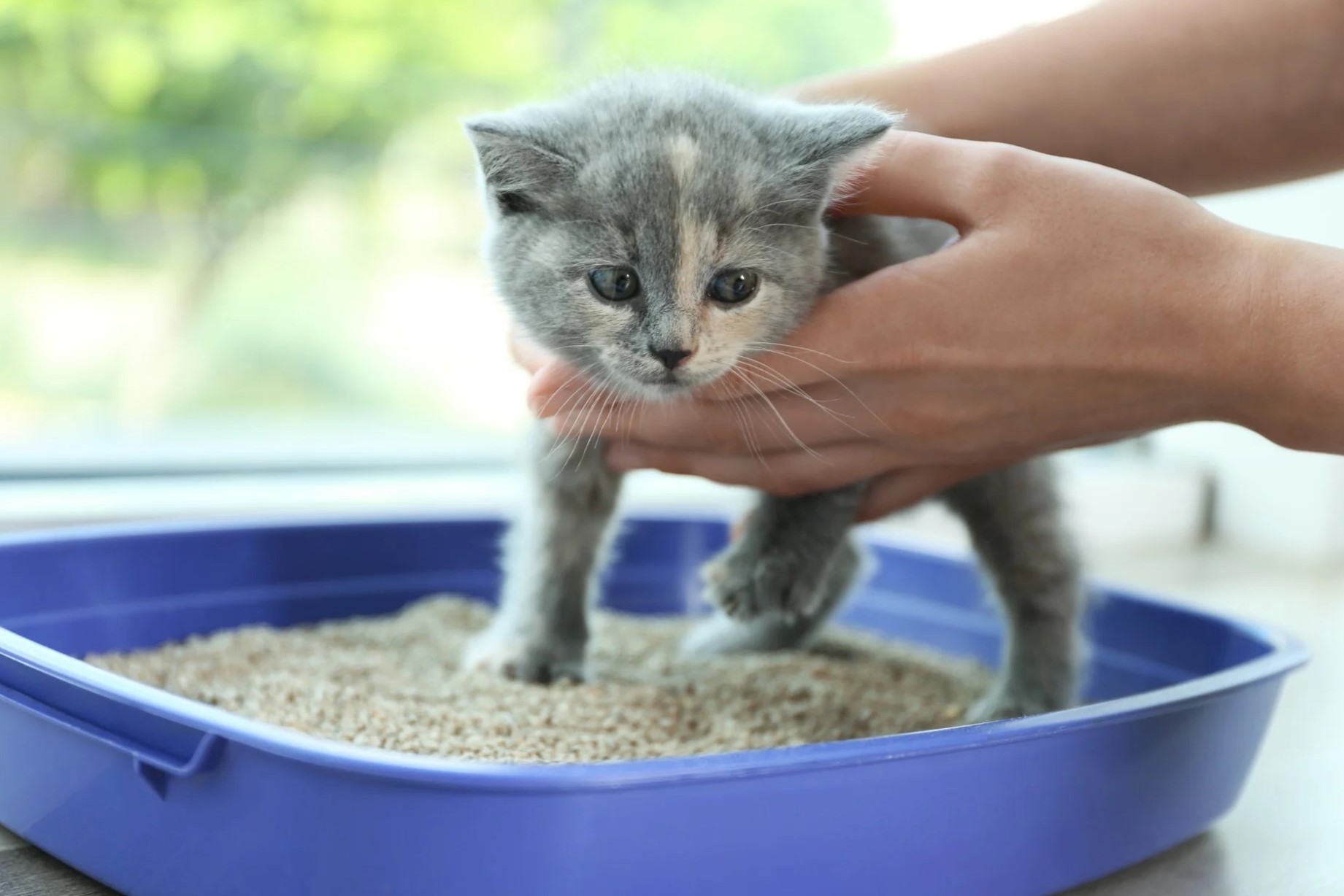
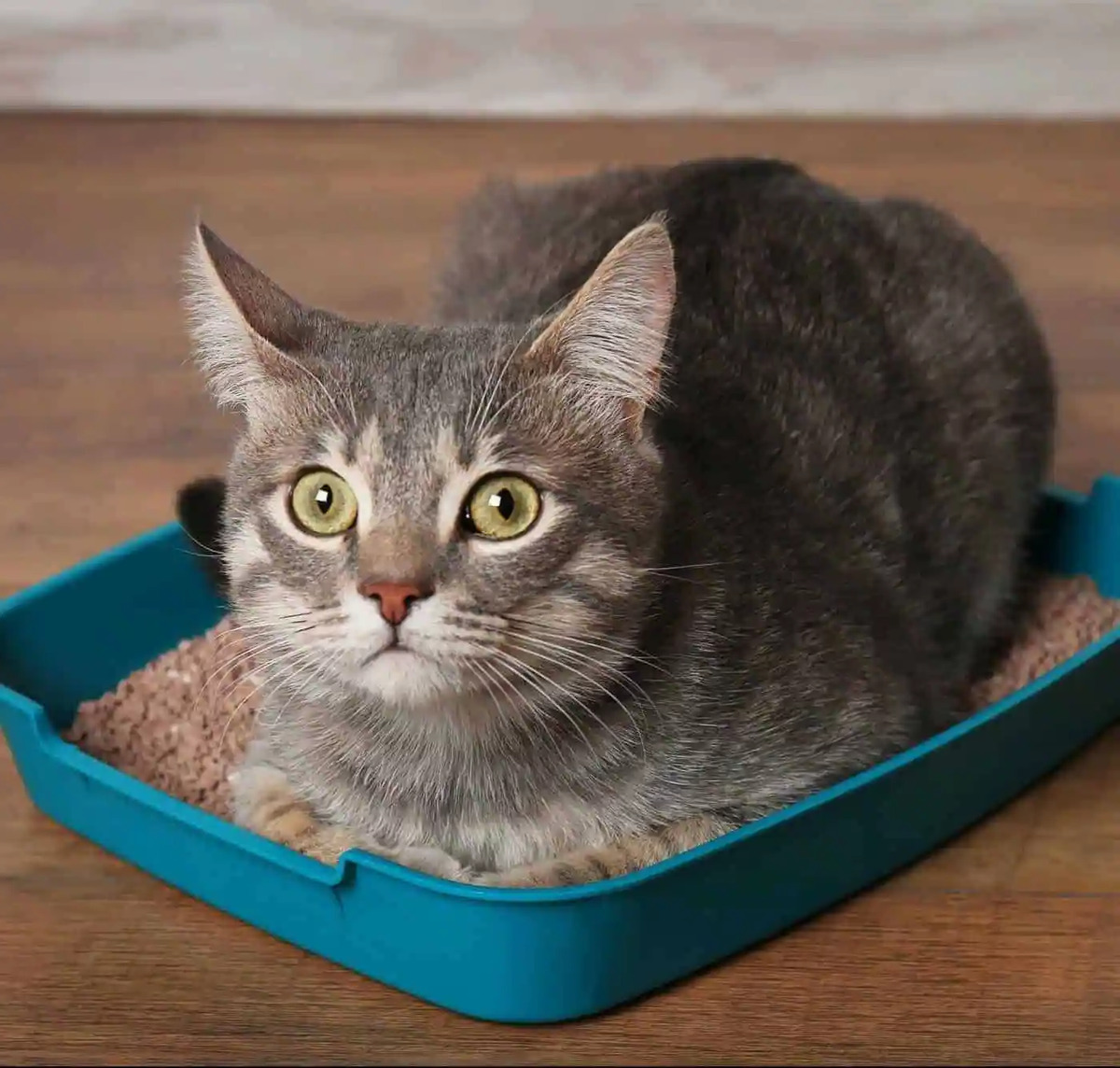
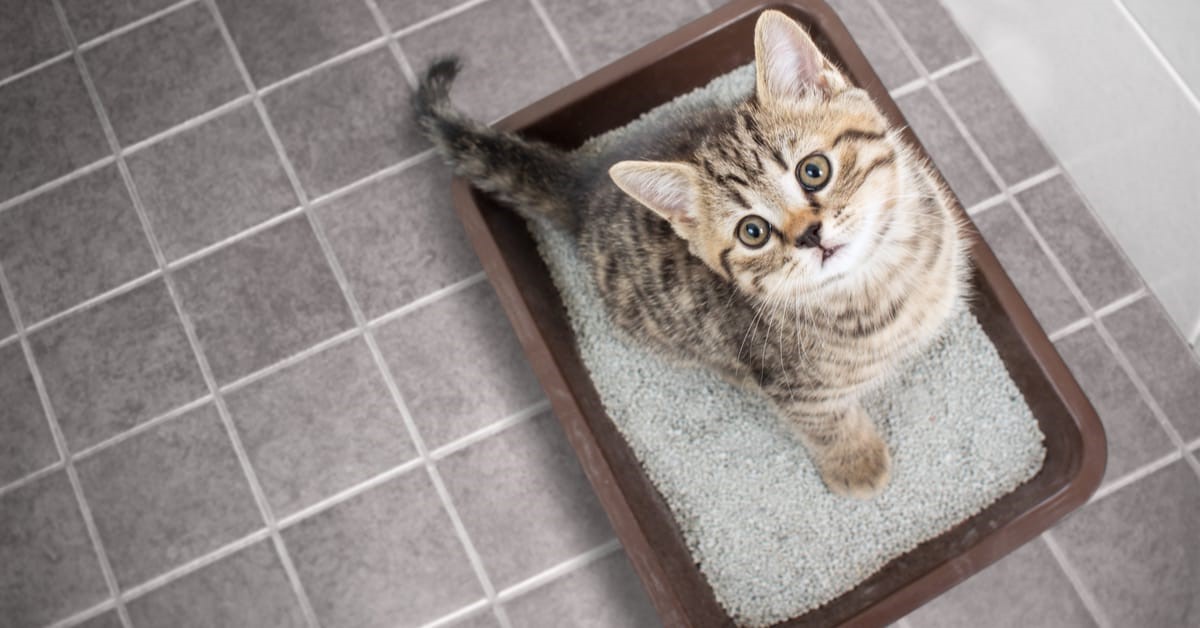
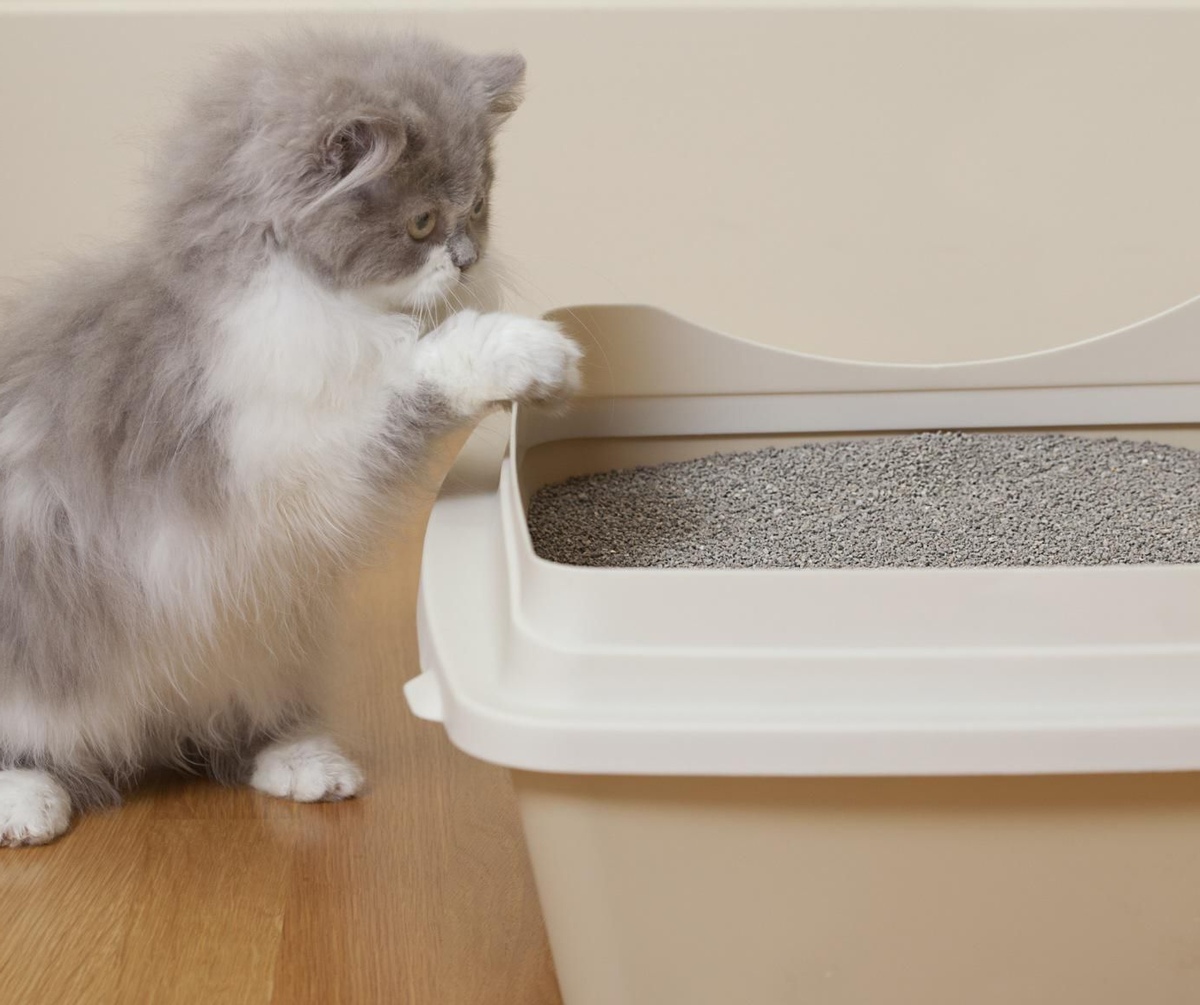
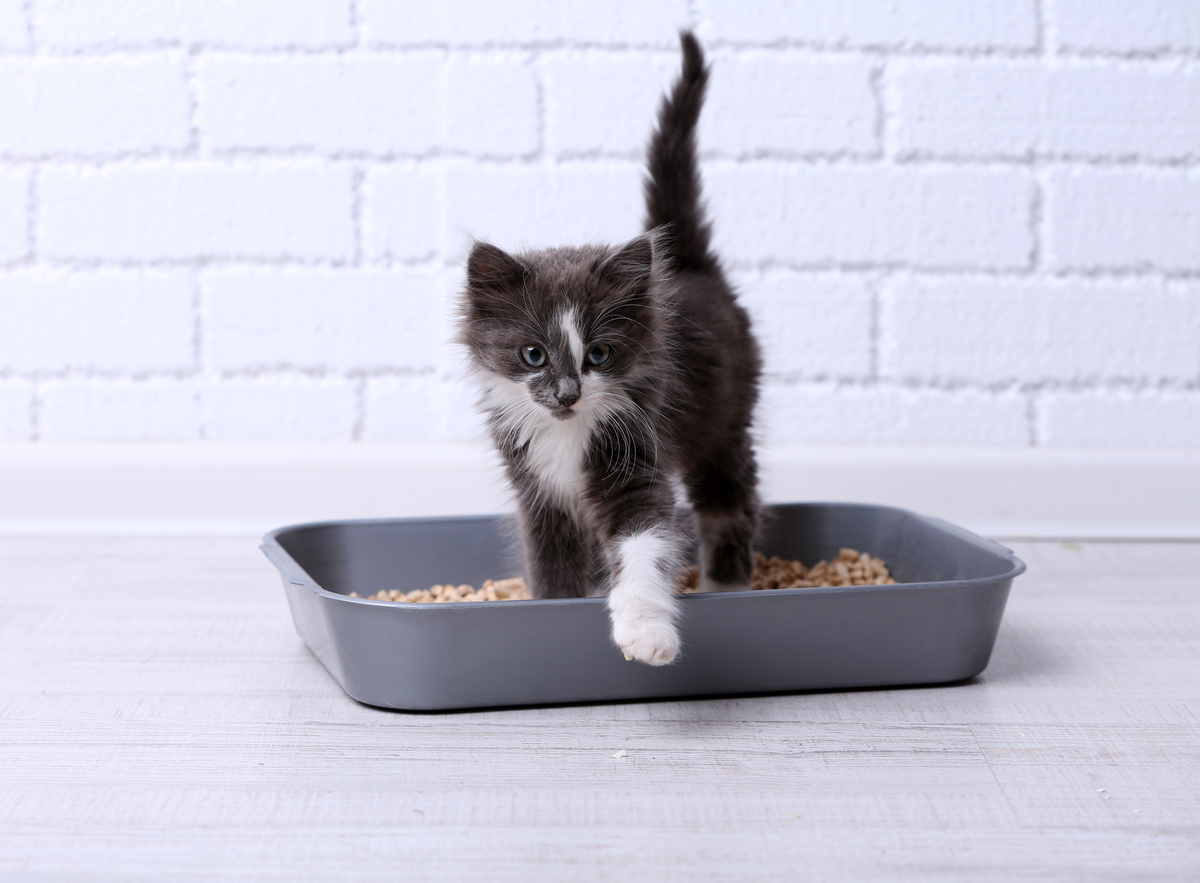
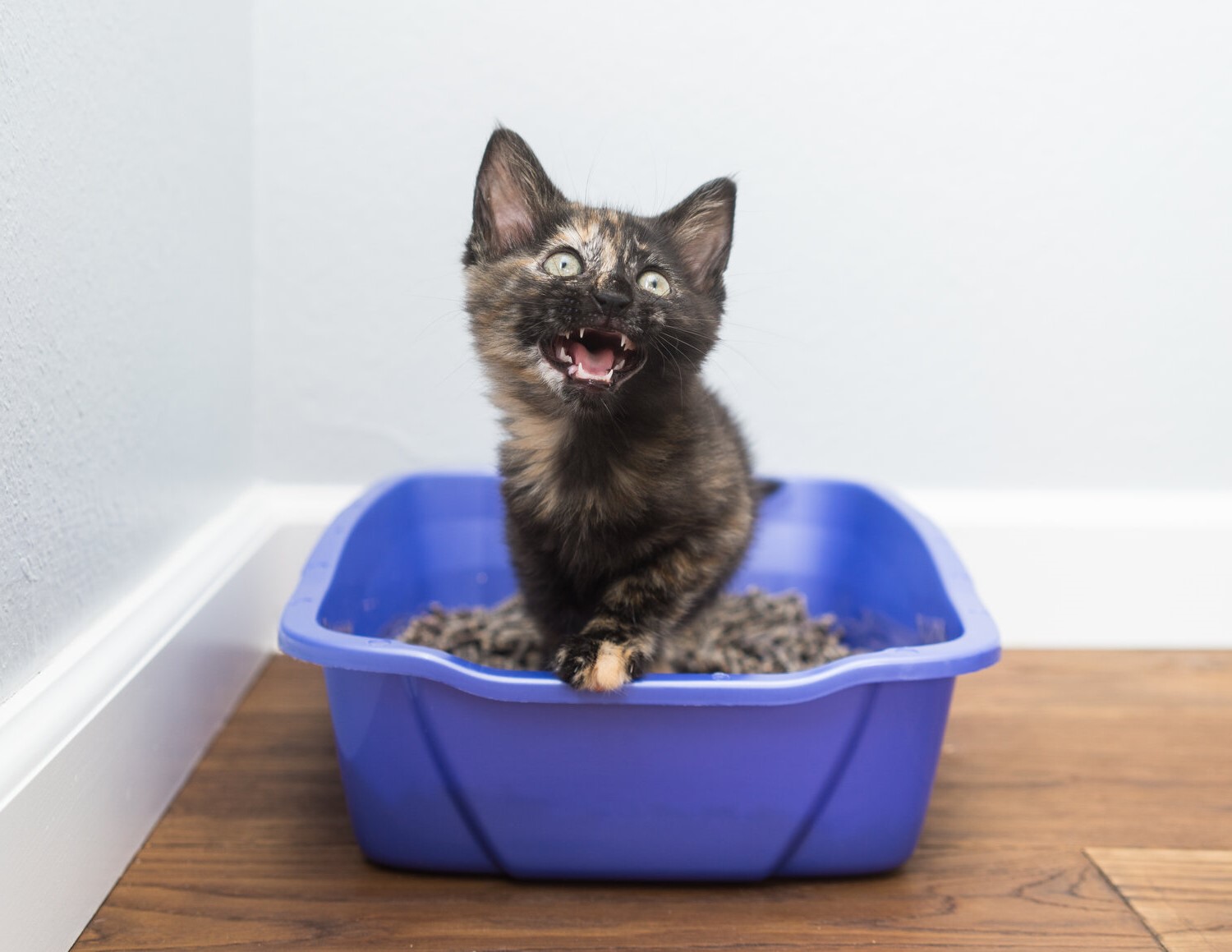
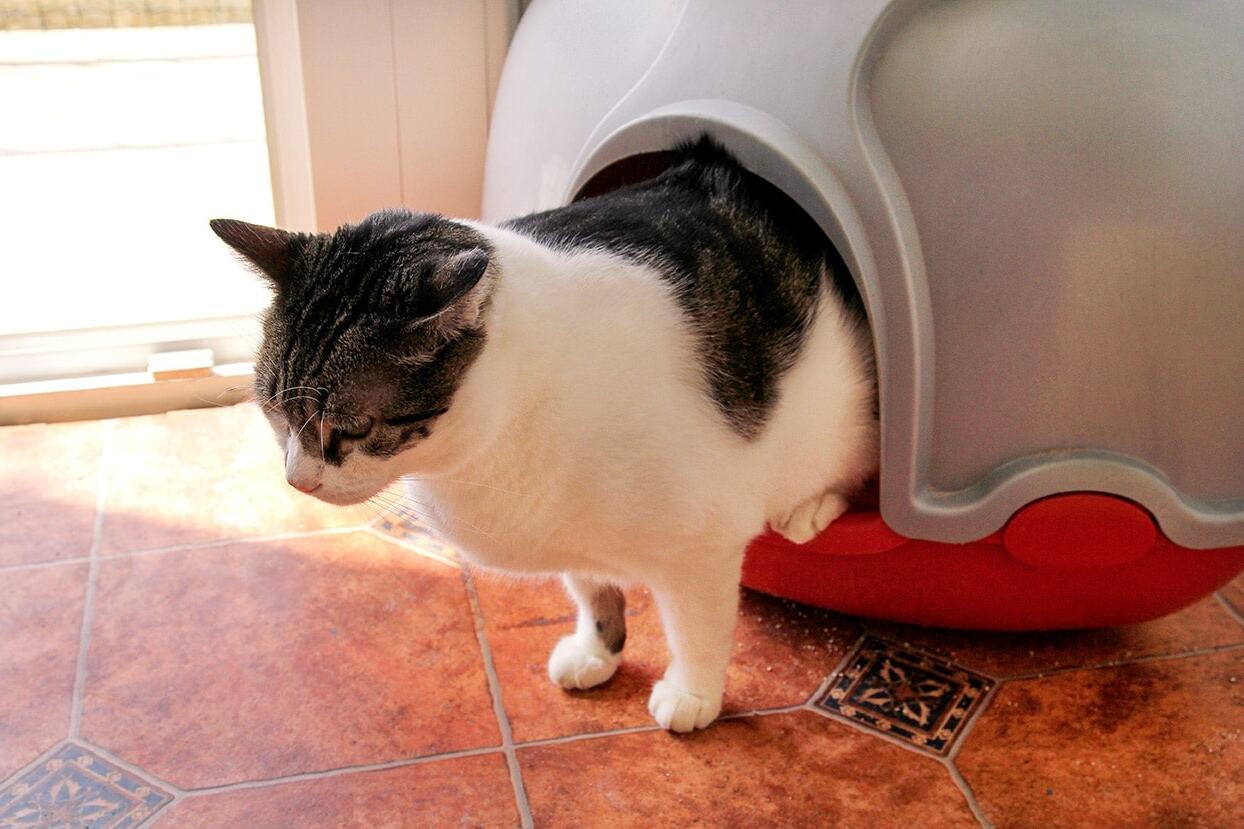
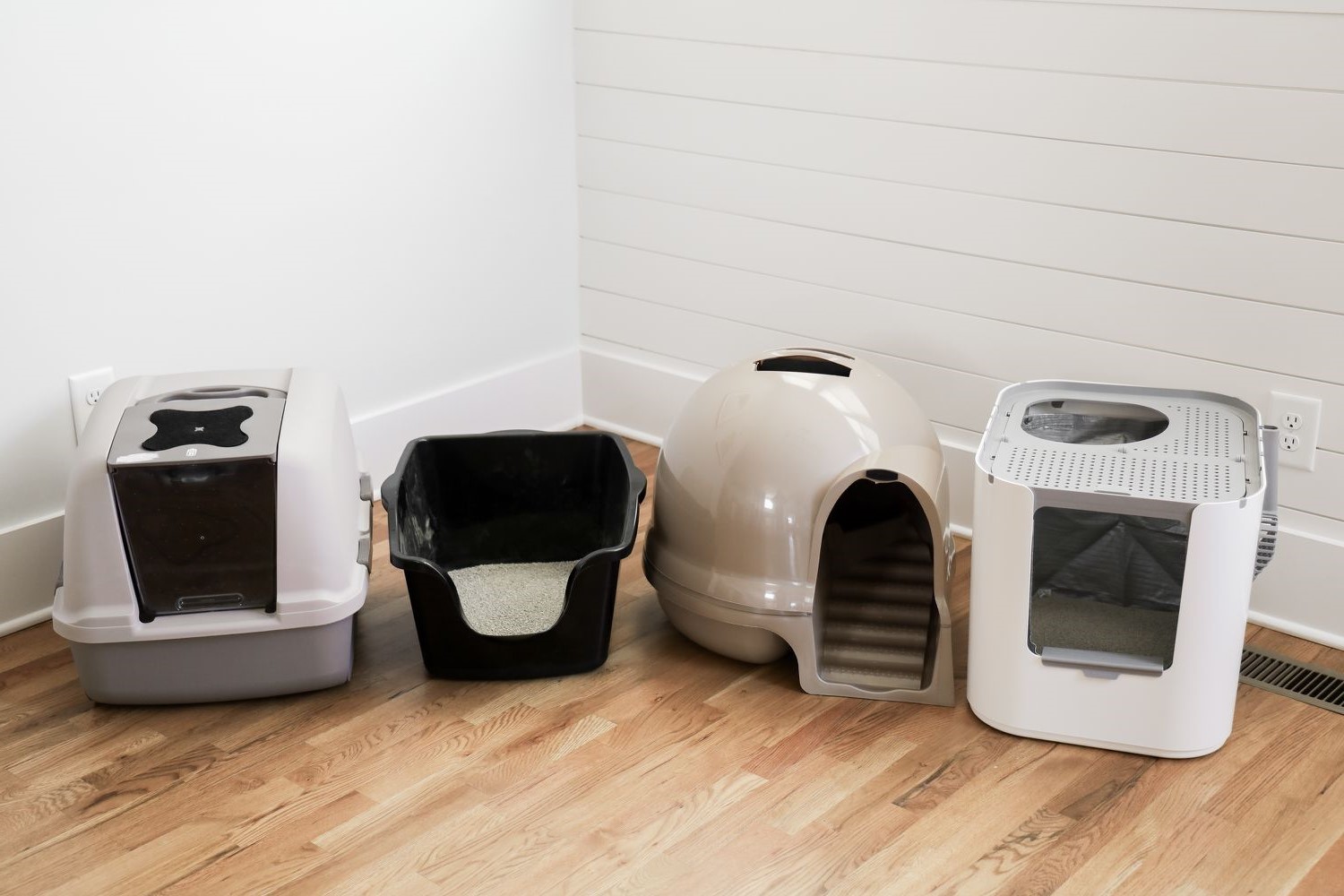
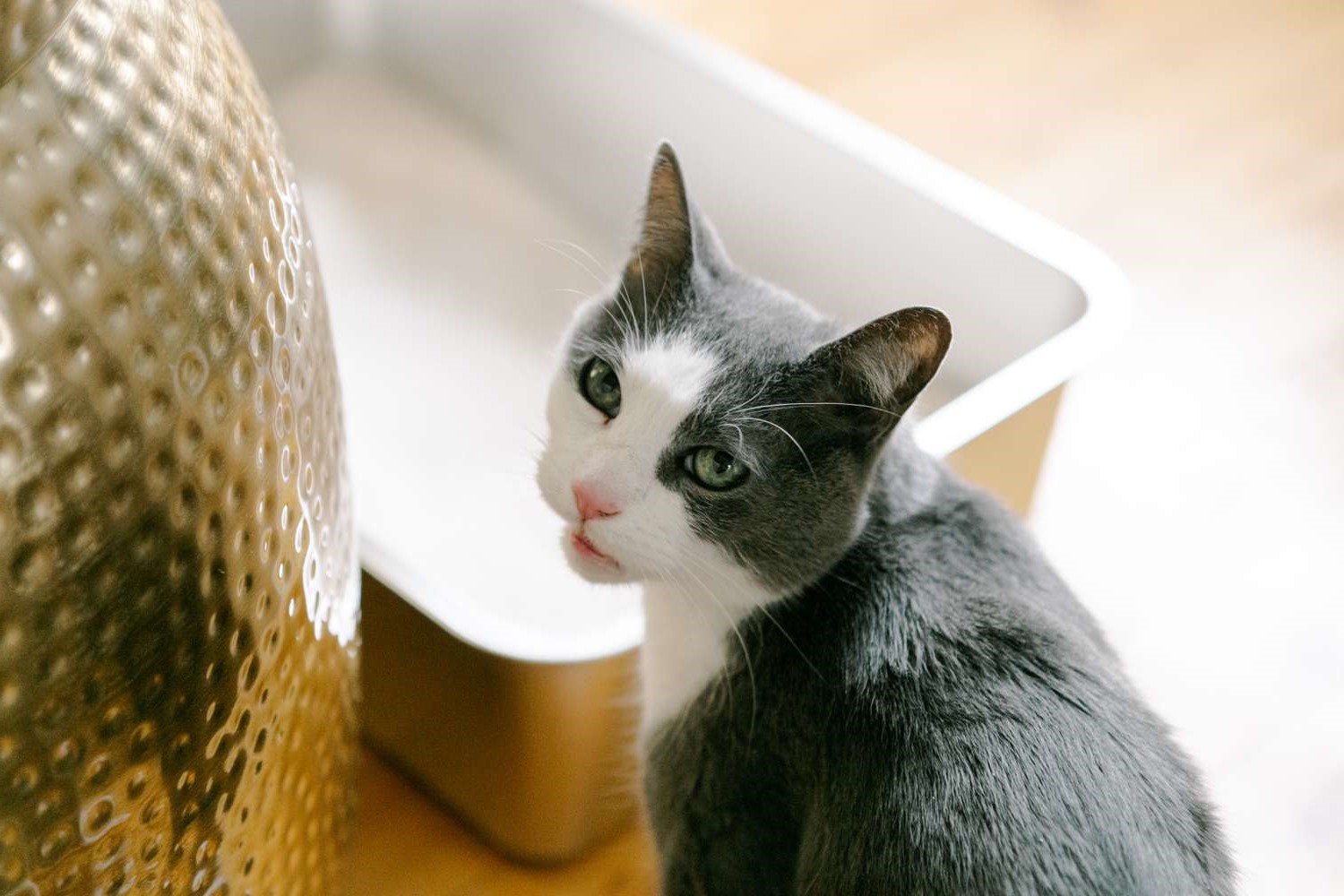
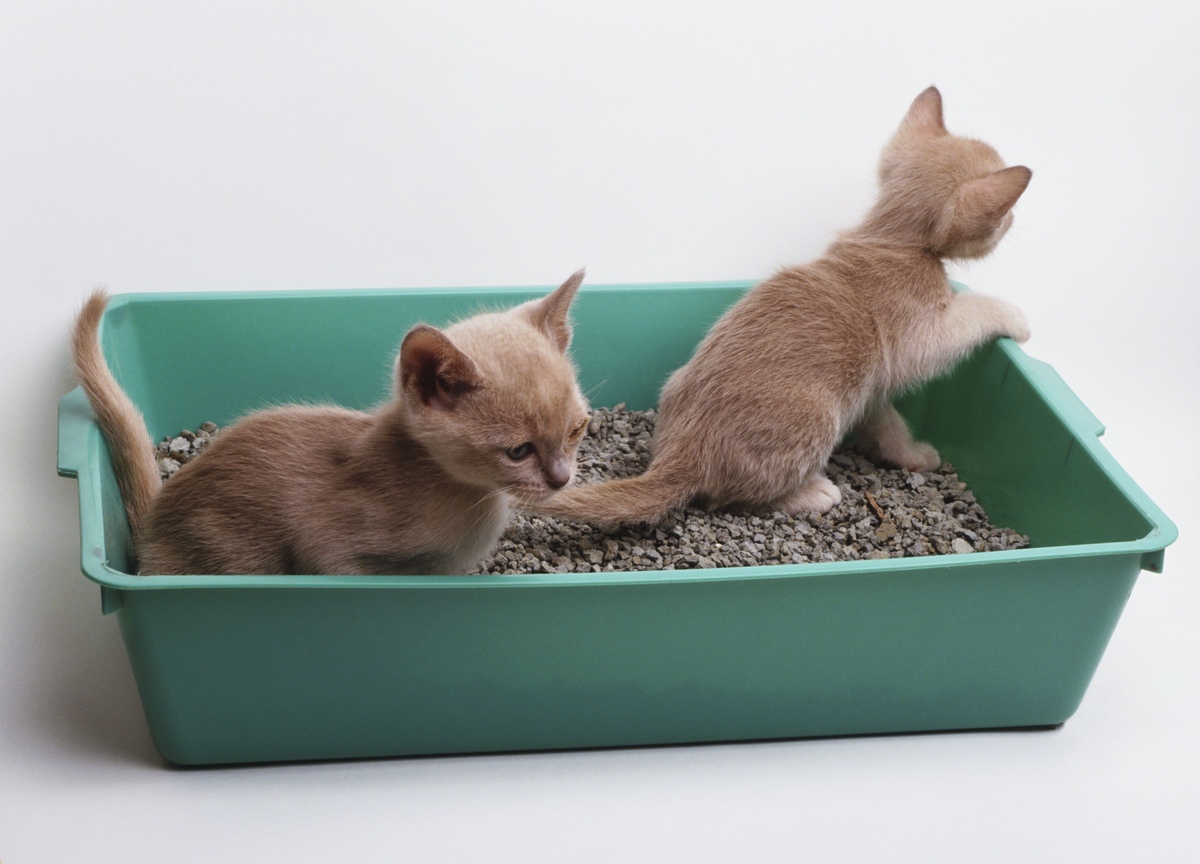
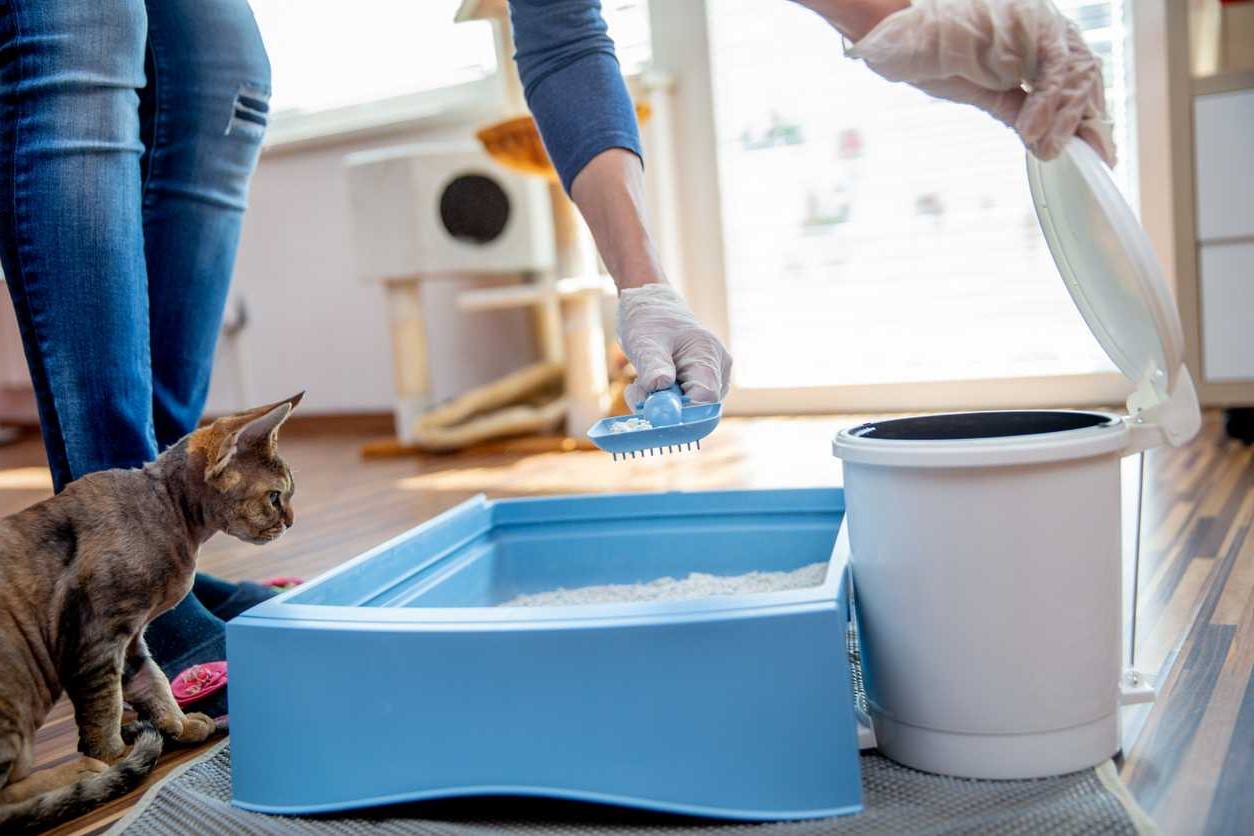
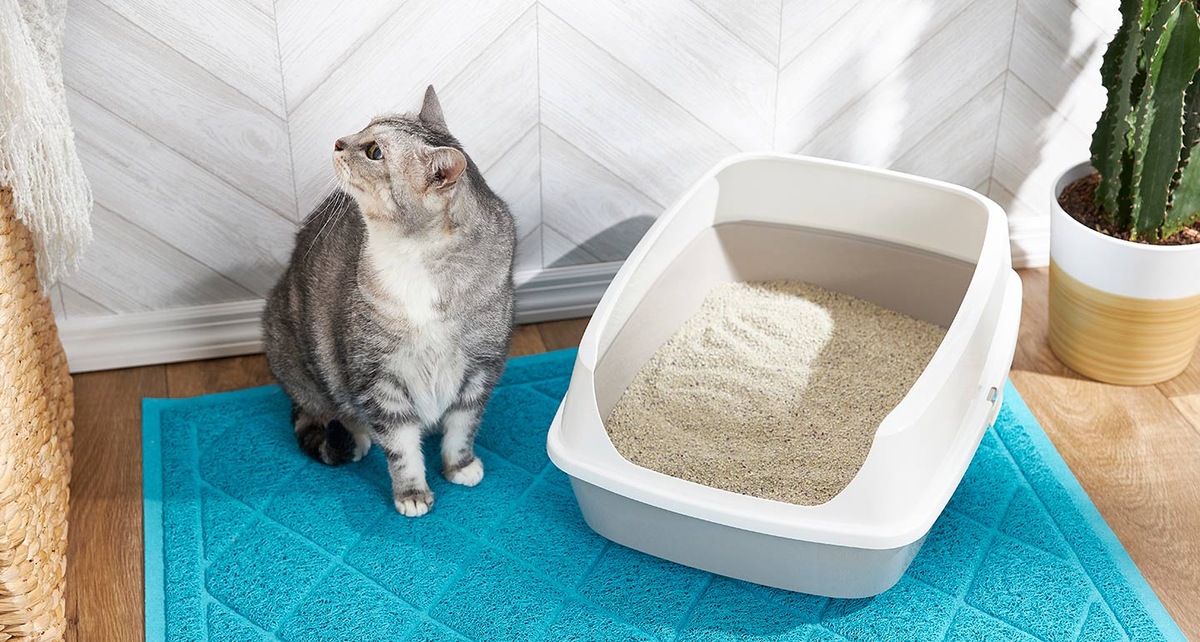

0 thoughts on “When Do Kittens Use A Litter Box?”